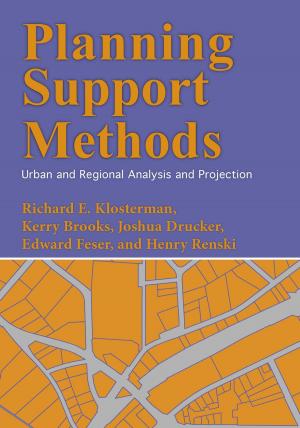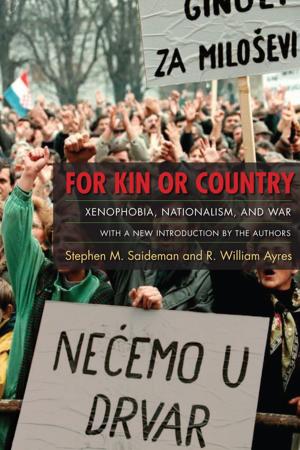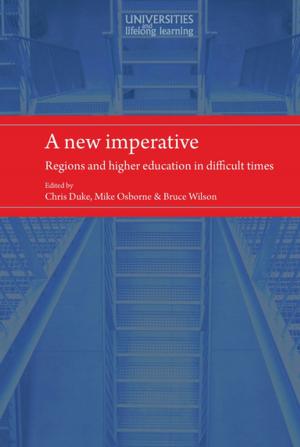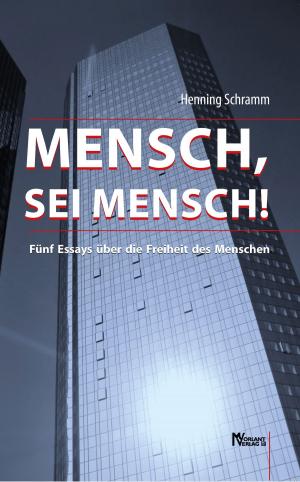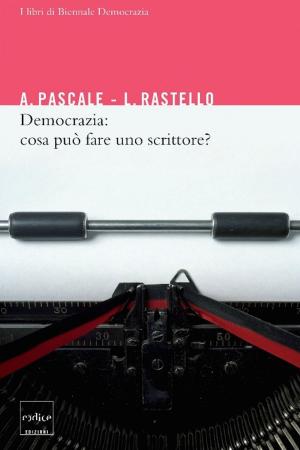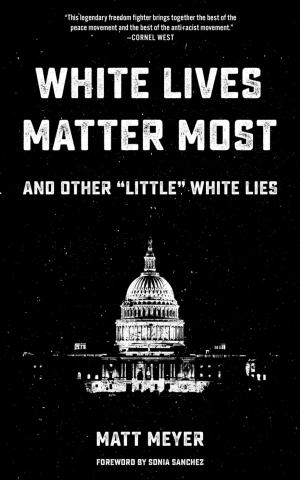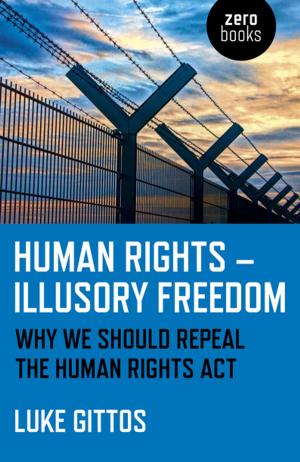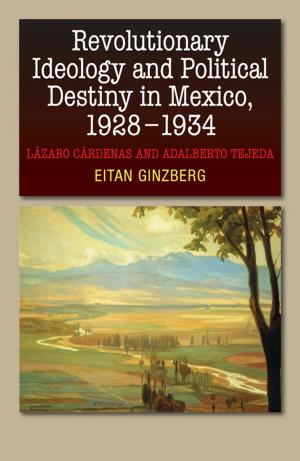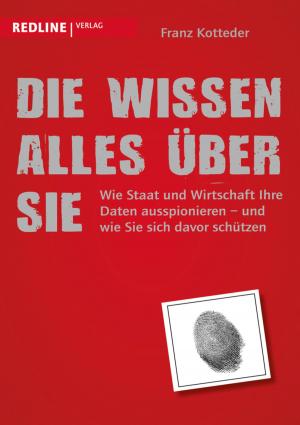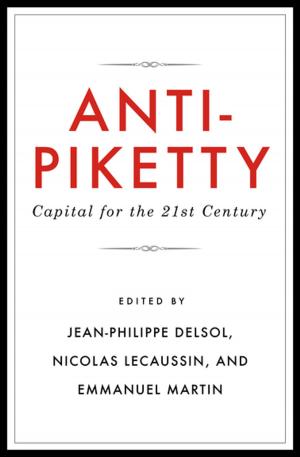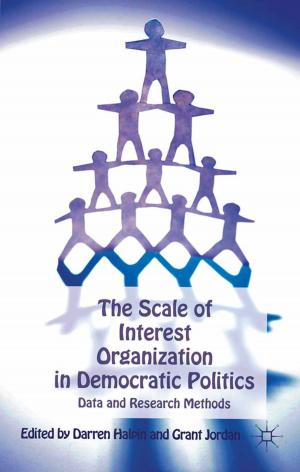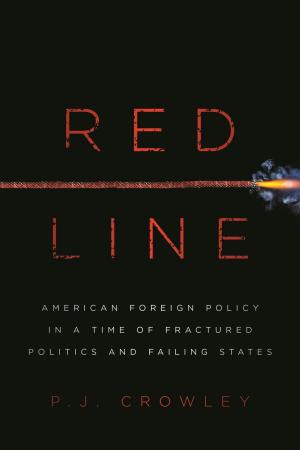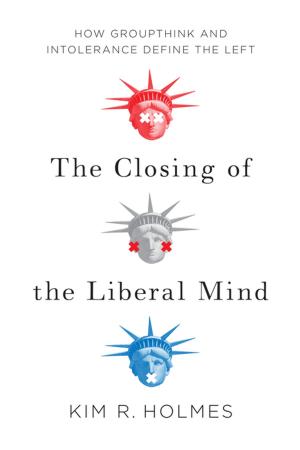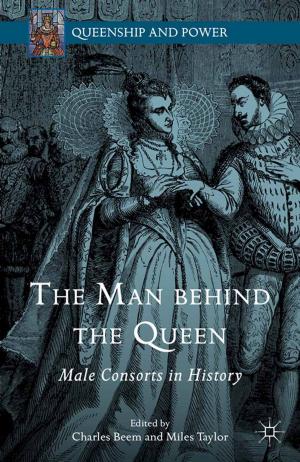Why America Is Failing
Business & Finance, Economics, Development & Growth, Nonfiction, Social & Cultural Studies, Political Science| Author: | George Burdette Jr | ISBN: | 9781301675074 |
| Publisher: | George Burdette, Jr | Publication: | November 2, 2012 |
| Imprint: | Smashwords Edition | Language: | English |
| Author: | George Burdette Jr |
| ISBN: | 9781301675074 |
| Publisher: | George Burdette, Jr |
| Publication: | November 2, 2012 |
| Imprint: | Smashwords Edition |
| Language: | English |
Money
What is money? We spend a very large part of our lives chasing the very thing we know so little of. When we are asked what we do, the answer usually is our occupation, not recreation. We place ourselves at the mercy of a system far removed from our daily lives.
Money is defined as: “something (as metal currency) accepted as a medium of exchange.” Money is freedom, a means to an end, it represents time saved for the participation in the preservation and safeguarding of both. Metal is used as a basis for currency ensures durability, divisibility, and transportability when storing your excess labor in the form of wealth. The value of industry and its fruits are recognized, “by promoting the introduction and circulation of the precious metals, those darling objects of human avarice and enterprise…” 1
Article I. Section 8 Clause 5 of the Constitution authorizes Congress “To coin Money, regulate the Value thereof, and foreign Coin, and fix the Standard of Weights and Measures.” The U.S. Treasury prints paper money with “The Unites States of America” and “Reserve Note” on it. However, “from the pestilent effects of paper money on the necessary confidence between man and man…”, “The power to make anything but gold and silver a tender in payment of debts, is withdrawn from the States, on the same principle with that of issuing paper currency.” 2
For hundreds of years people have been trying to use alchemy to turn lead into gold. The modern equivalent is our servants printing paper money. The Federal Reserve is the agent of circumvention around the intent of the prevention of the existence of a government run bank. This fiat (fake) currency is printed by the U.S. Government for an independent, centralized banking system for distribution; an act that seems to be in clear violation of Article X. of the Bill of Rights, which states, “The powers not delegated to the United States by the Constitution, nor prohibited by it to the States, are reserved to the States respectively, or to the people.” The authority afforded to the government has already been specifically outlined in the Constitution in reference to currencies. Any additional attempt to control the value of labor will only prove detrimental to the property rights of the citizenry.
This paper currency is transferred to the Federal Reserve, which then places it into the market knowing full well this action will reduce your buying power. This technique has been described as “magical” by participants in the banking system. This magical event is nothing more than using one dollar as collateral to lend nine, which is borrowed and re-lent in a cycle that fabricates counterfeit wealth from nothing more than ones and zeros in the Federal Reserve computers; an event that places you on a type of hamster wheel, for the purpose of creating wealth for those who run the banks, and those who own the stock.
Money
What is money? We spend a very large part of our lives chasing the very thing we know so little of. When we are asked what we do, the answer usually is our occupation, not recreation. We place ourselves at the mercy of a system far removed from our daily lives.
Money is defined as: “something (as metal currency) accepted as a medium of exchange.” Money is freedom, a means to an end, it represents time saved for the participation in the preservation and safeguarding of both. Metal is used as a basis for currency ensures durability, divisibility, and transportability when storing your excess labor in the form of wealth. The value of industry and its fruits are recognized, “by promoting the introduction and circulation of the precious metals, those darling objects of human avarice and enterprise…” 1
Article I. Section 8 Clause 5 of the Constitution authorizes Congress “To coin Money, regulate the Value thereof, and foreign Coin, and fix the Standard of Weights and Measures.” The U.S. Treasury prints paper money with “The Unites States of America” and “Reserve Note” on it. However, “from the pestilent effects of paper money on the necessary confidence between man and man…”, “The power to make anything but gold and silver a tender in payment of debts, is withdrawn from the States, on the same principle with that of issuing paper currency.” 2
For hundreds of years people have been trying to use alchemy to turn lead into gold. The modern equivalent is our servants printing paper money. The Federal Reserve is the agent of circumvention around the intent of the prevention of the existence of a government run bank. This fiat (fake) currency is printed by the U.S. Government for an independent, centralized banking system for distribution; an act that seems to be in clear violation of Article X. of the Bill of Rights, which states, “The powers not delegated to the United States by the Constitution, nor prohibited by it to the States, are reserved to the States respectively, or to the people.” The authority afforded to the government has already been specifically outlined in the Constitution in reference to currencies. Any additional attempt to control the value of labor will only prove detrimental to the property rights of the citizenry.
This paper currency is transferred to the Federal Reserve, which then places it into the market knowing full well this action will reduce your buying power. This technique has been described as “magical” by participants in the banking system. This magical event is nothing more than using one dollar as collateral to lend nine, which is borrowed and re-lent in a cycle that fabricates counterfeit wealth from nothing more than ones and zeros in the Federal Reserve computers; an event that places you on a type of hamster wheel, for the purpose of creating wealth for those who run the banks, and those who own the stock.

